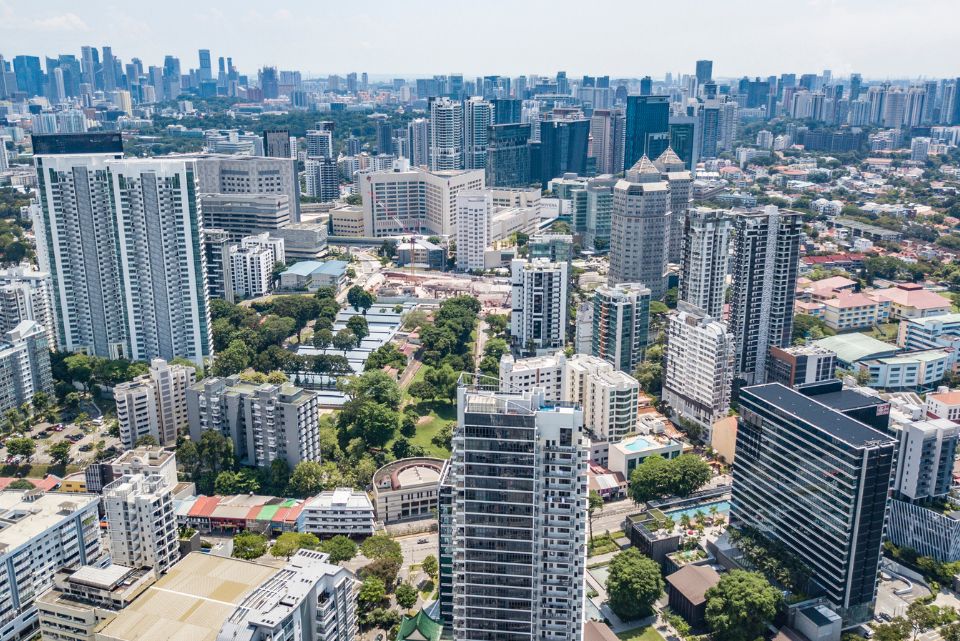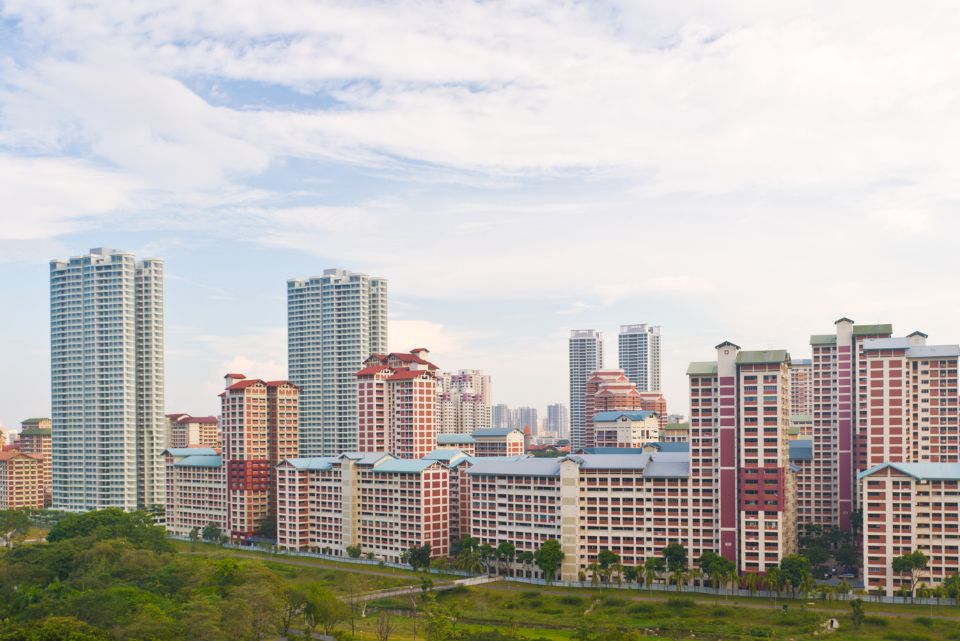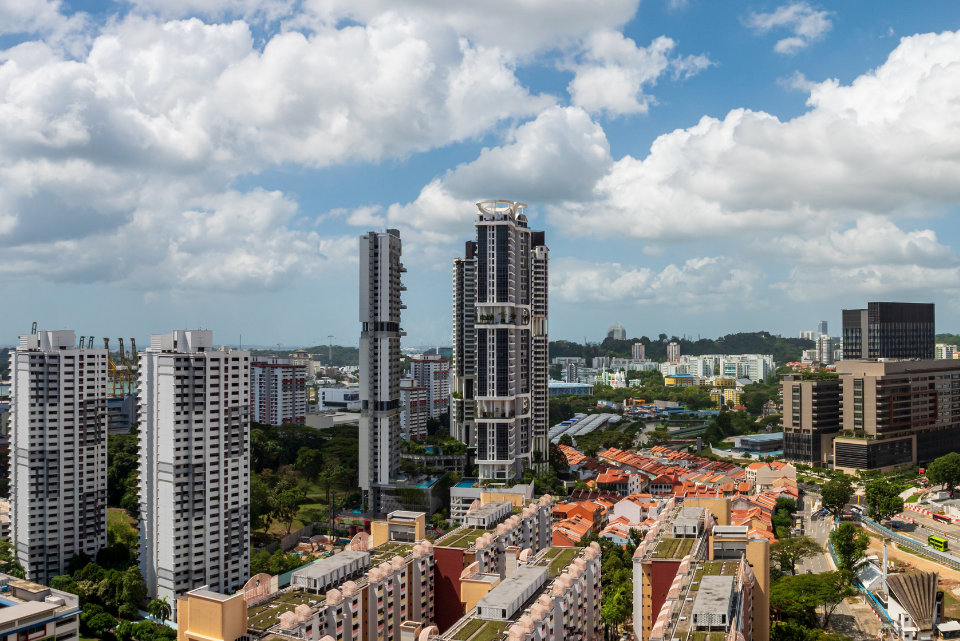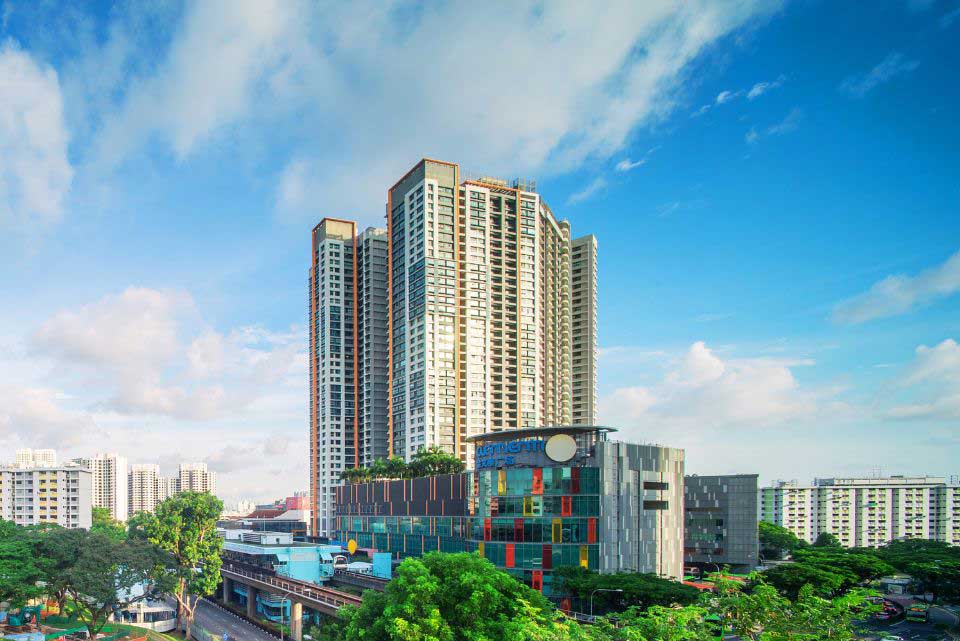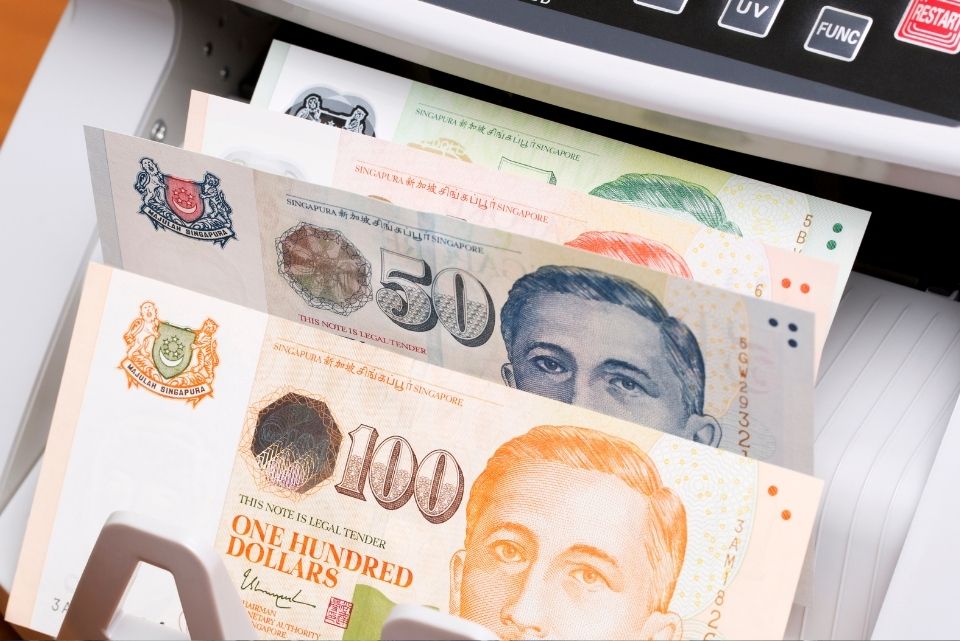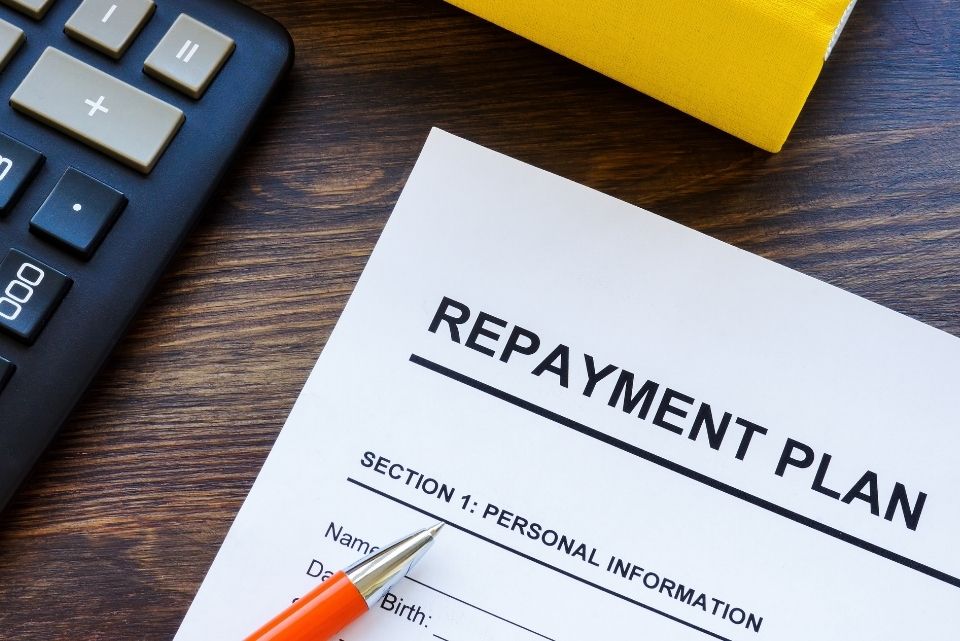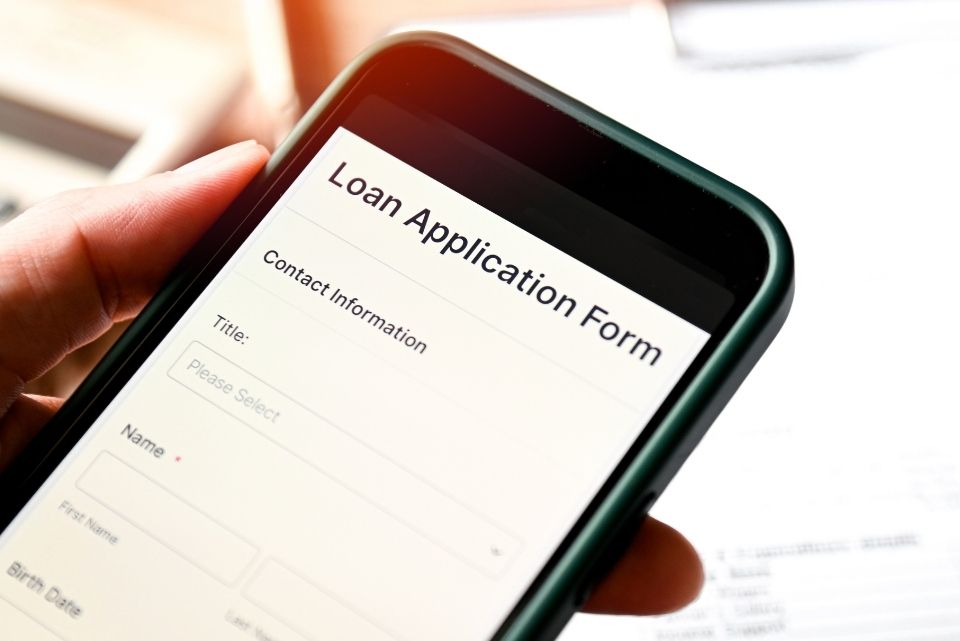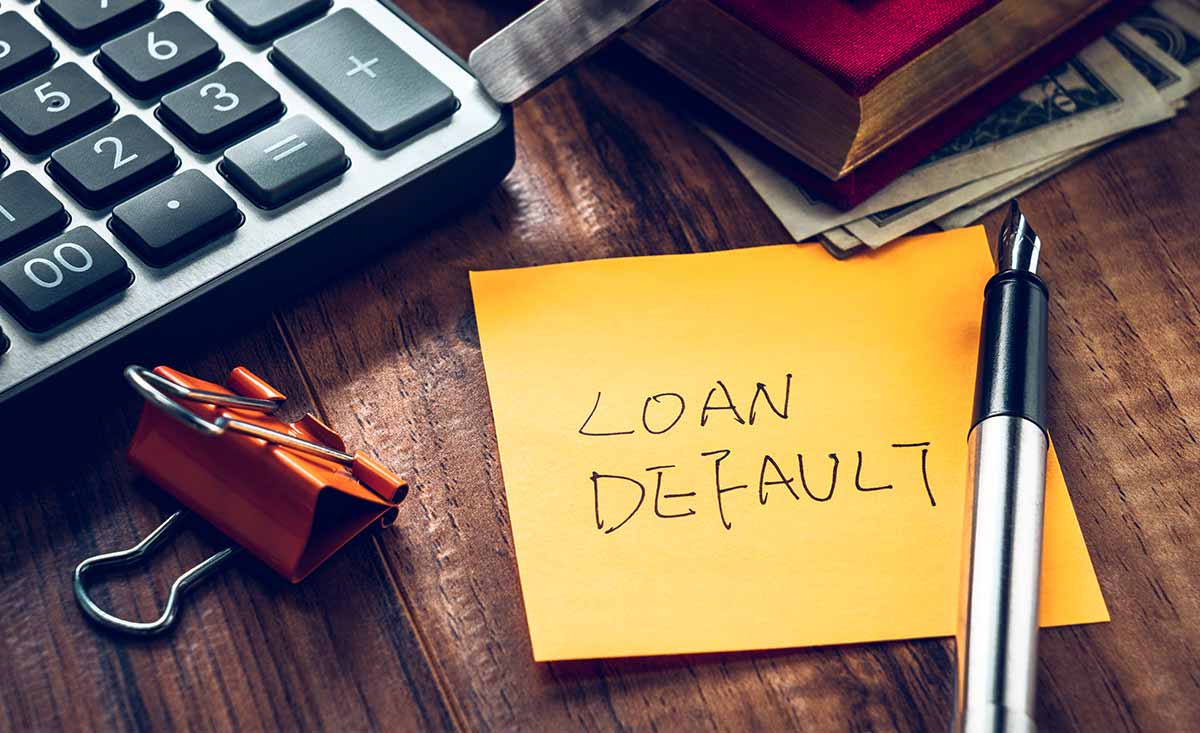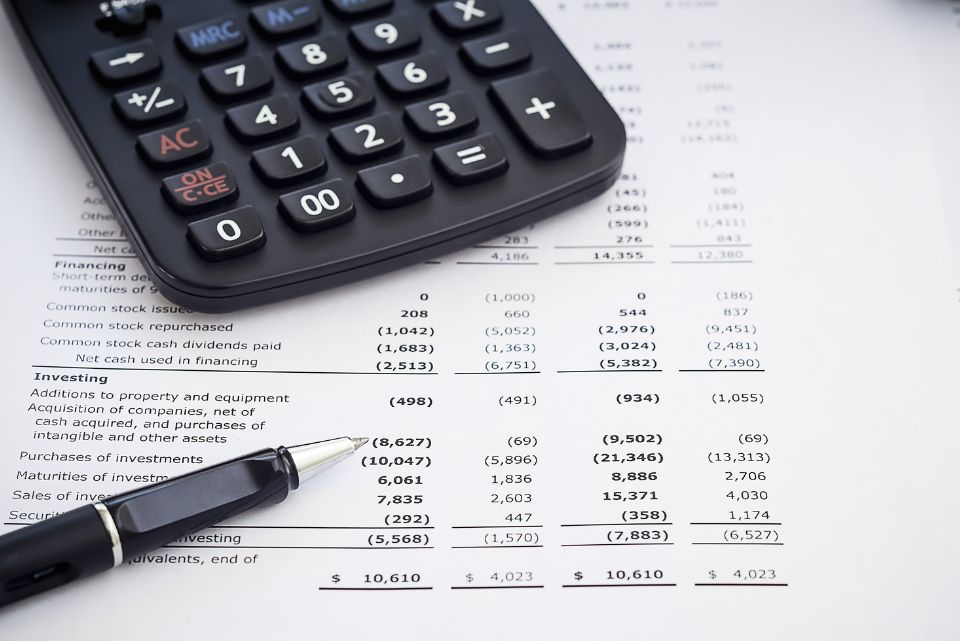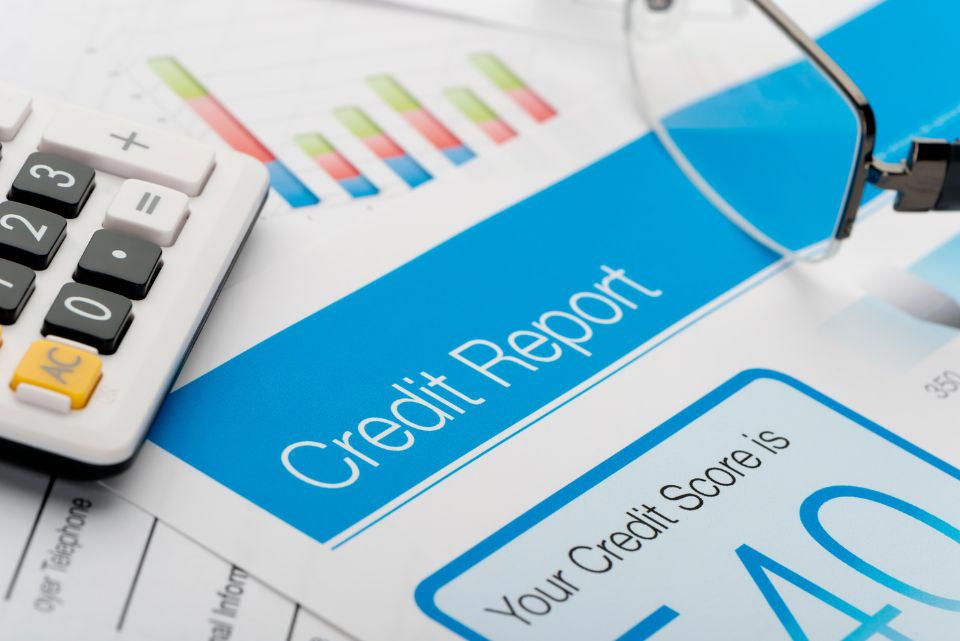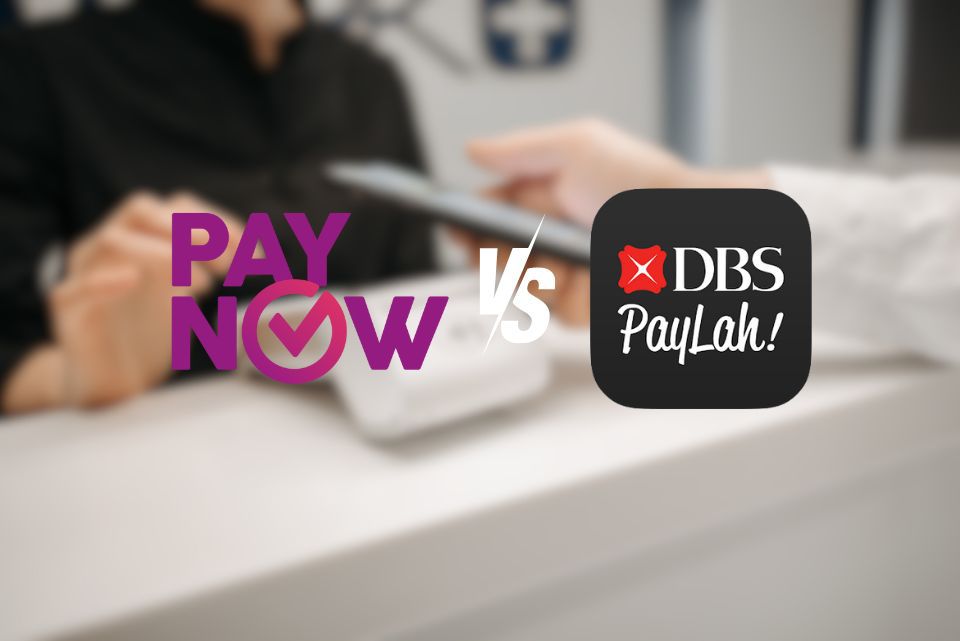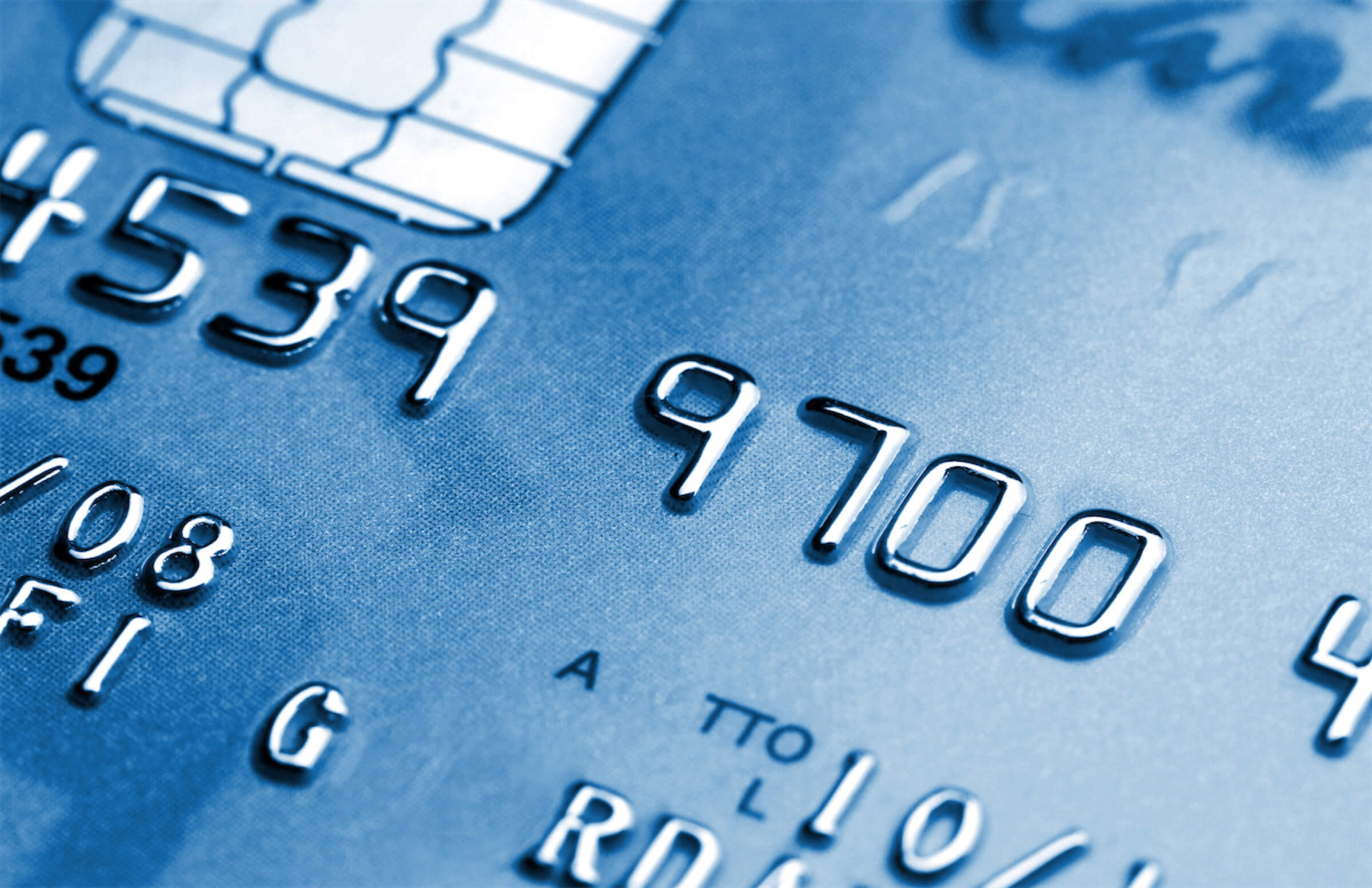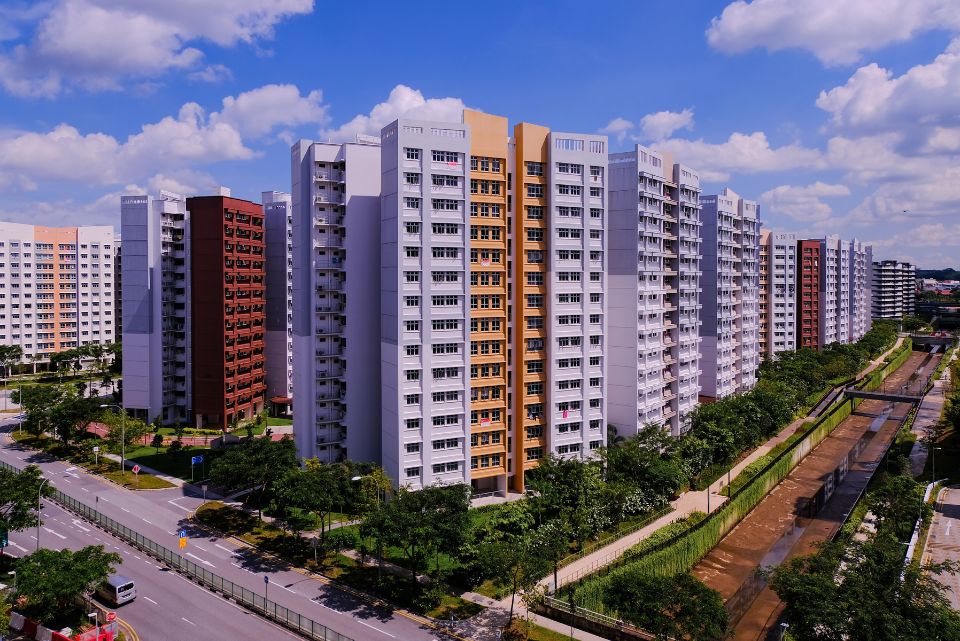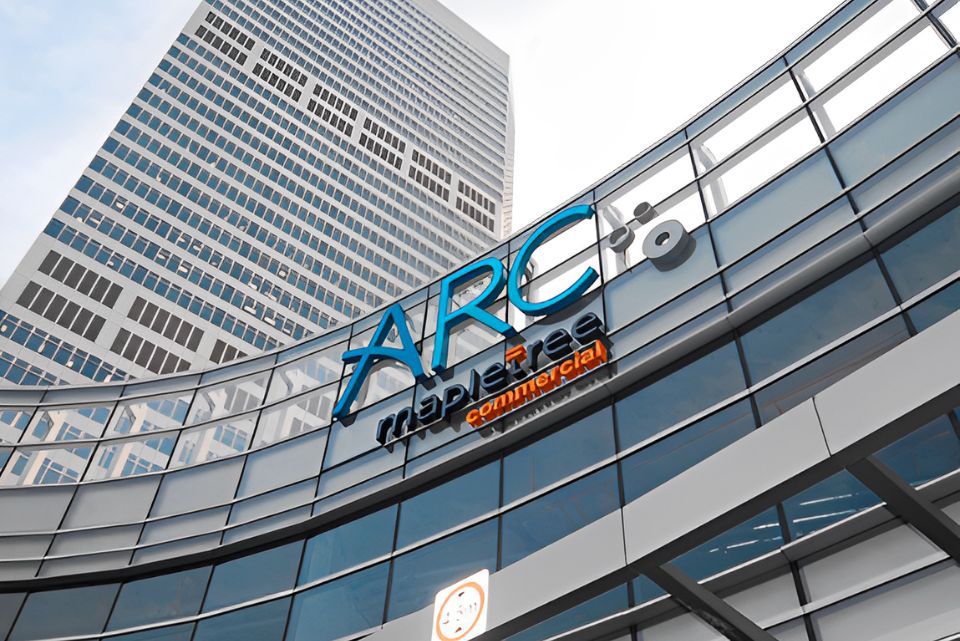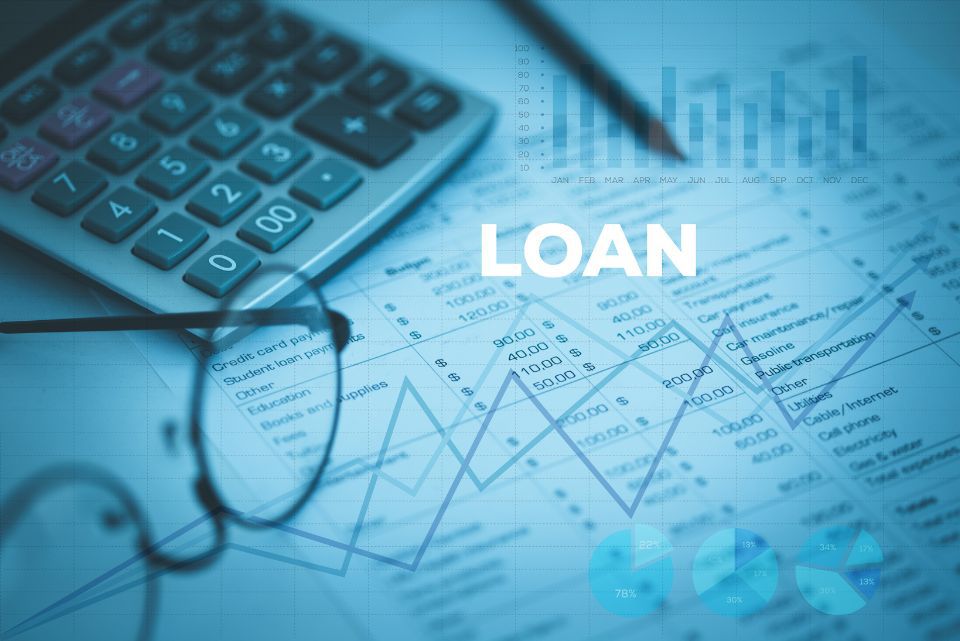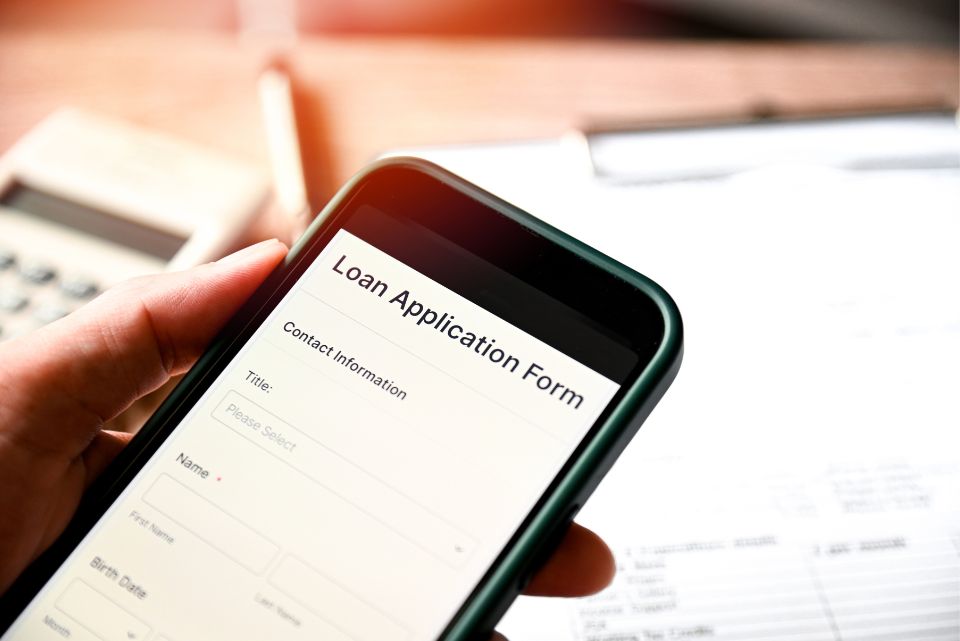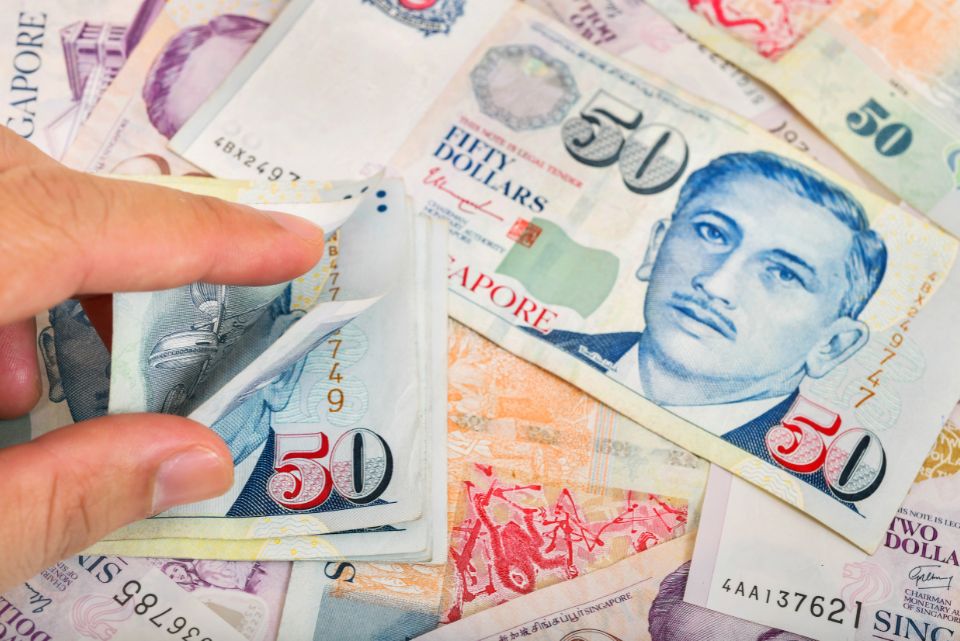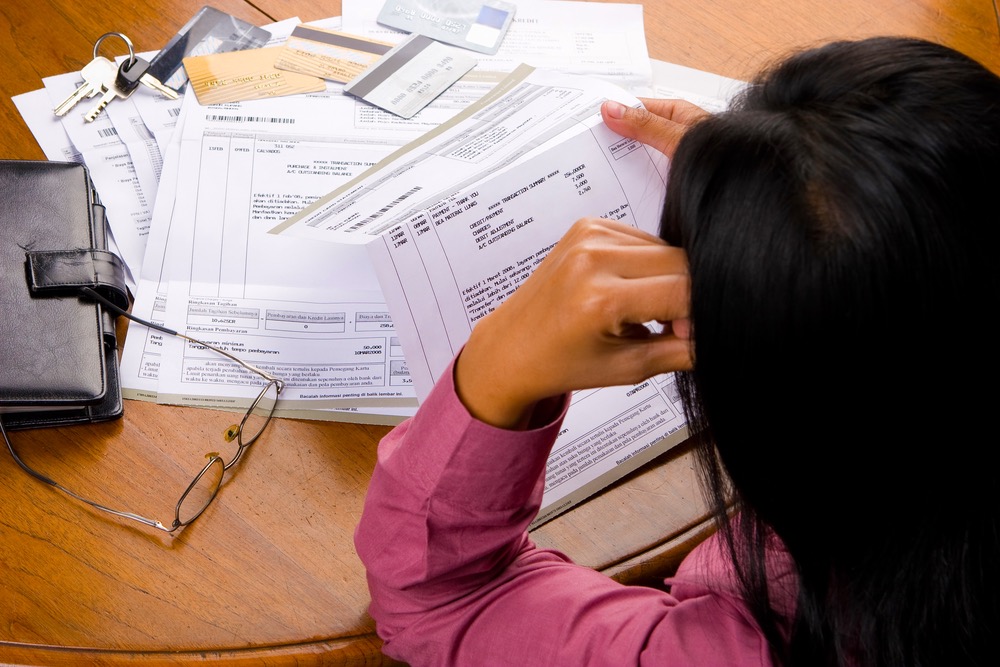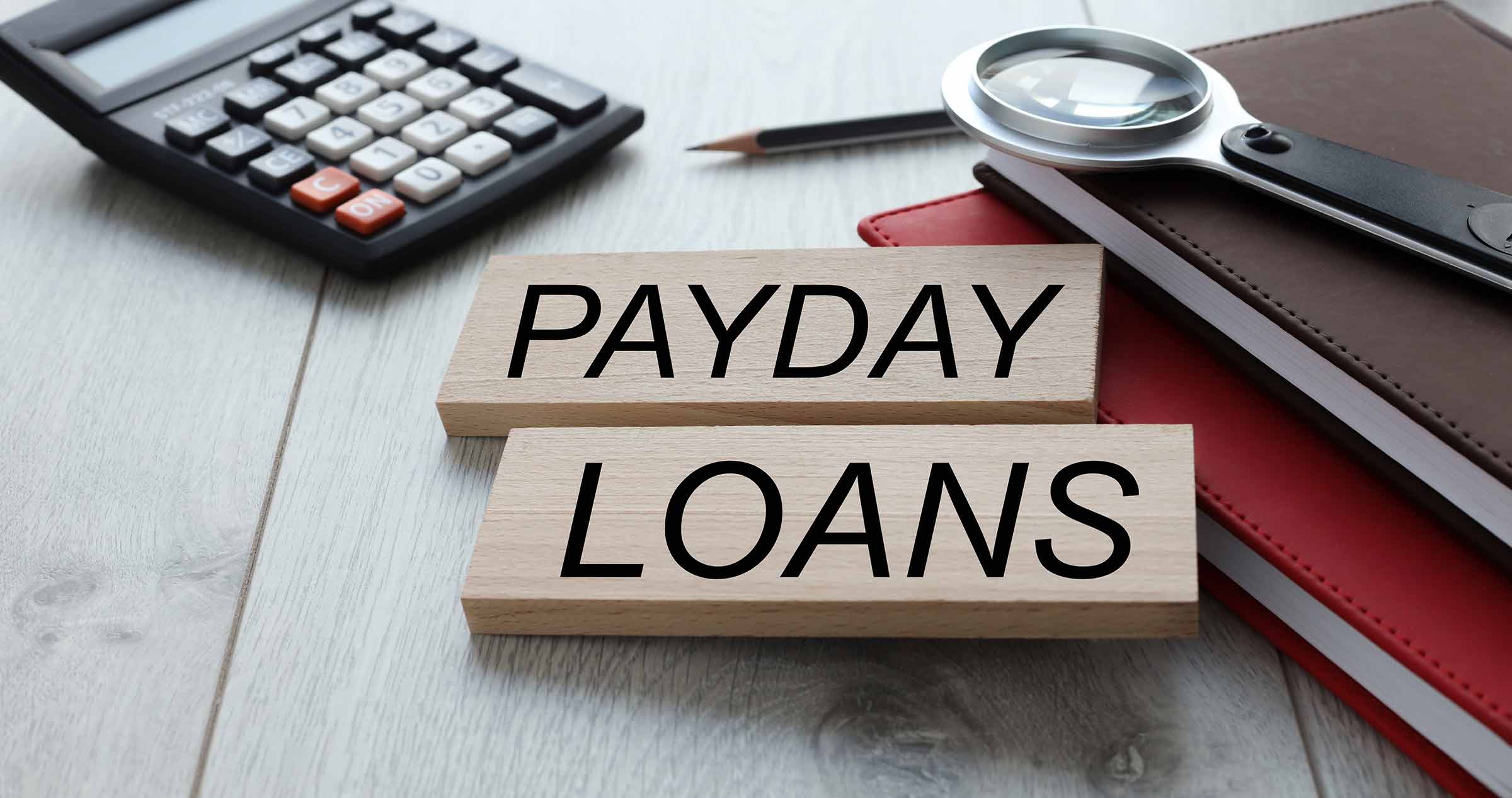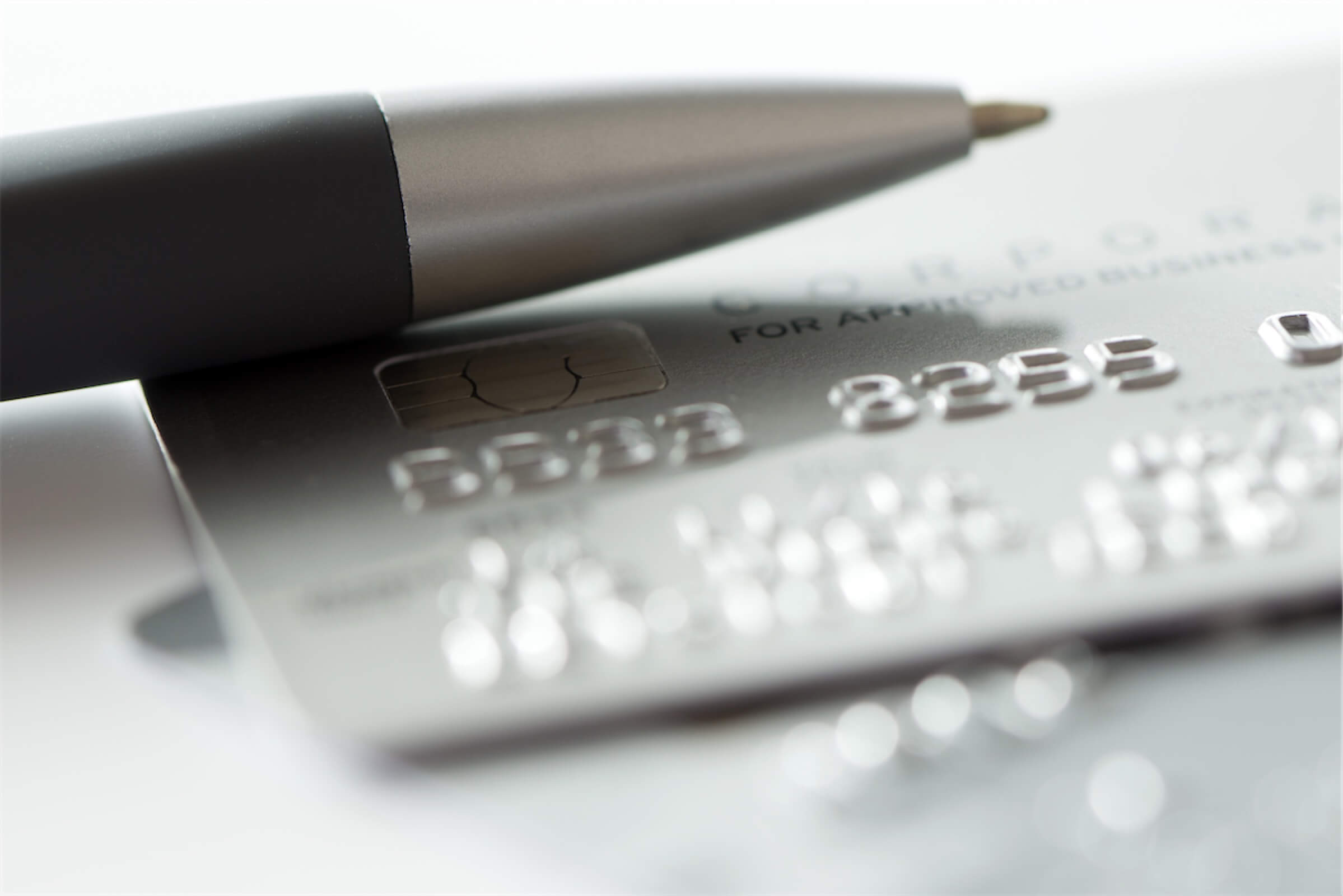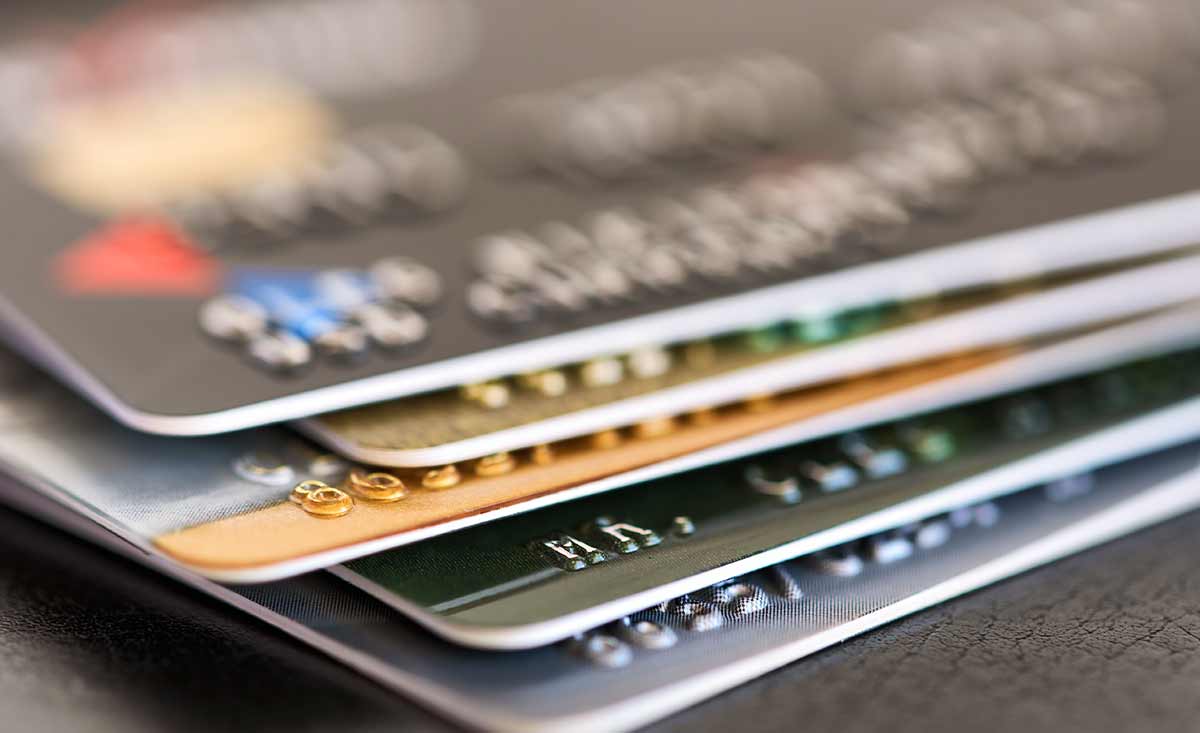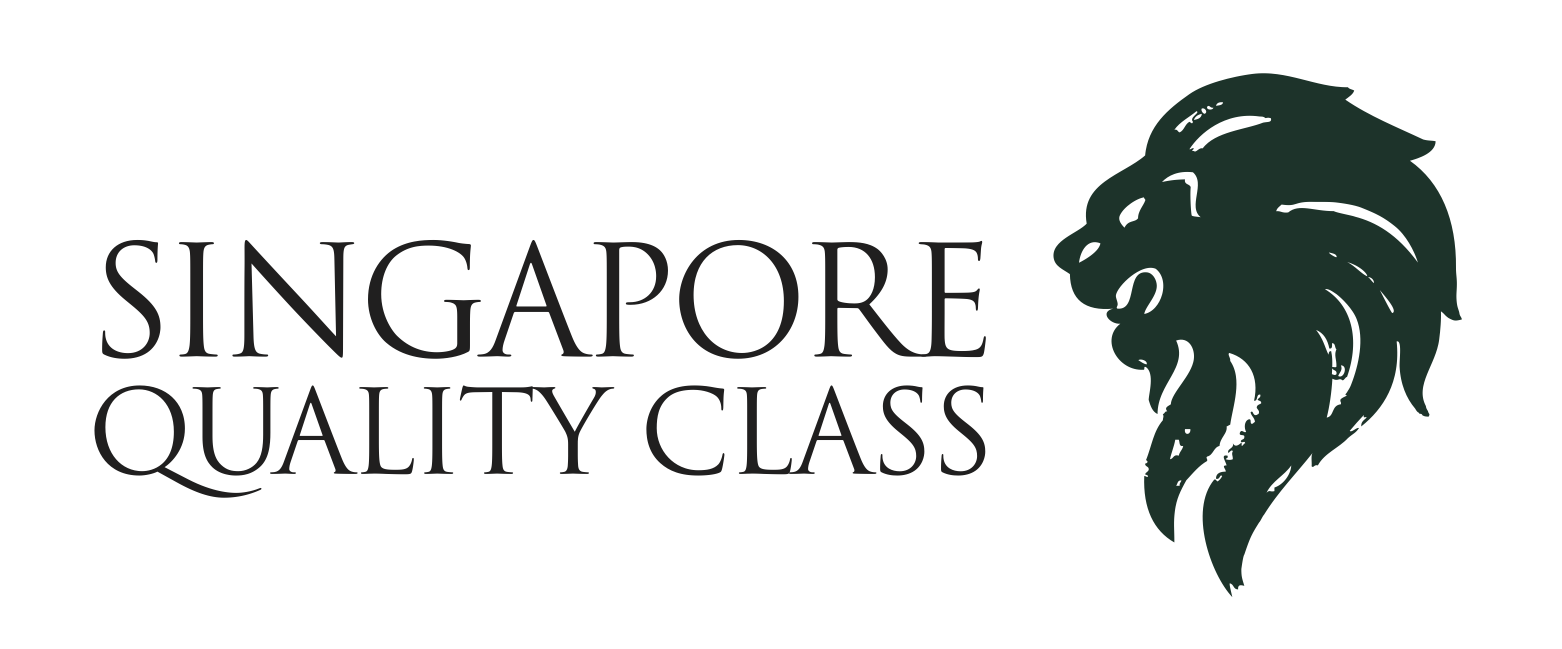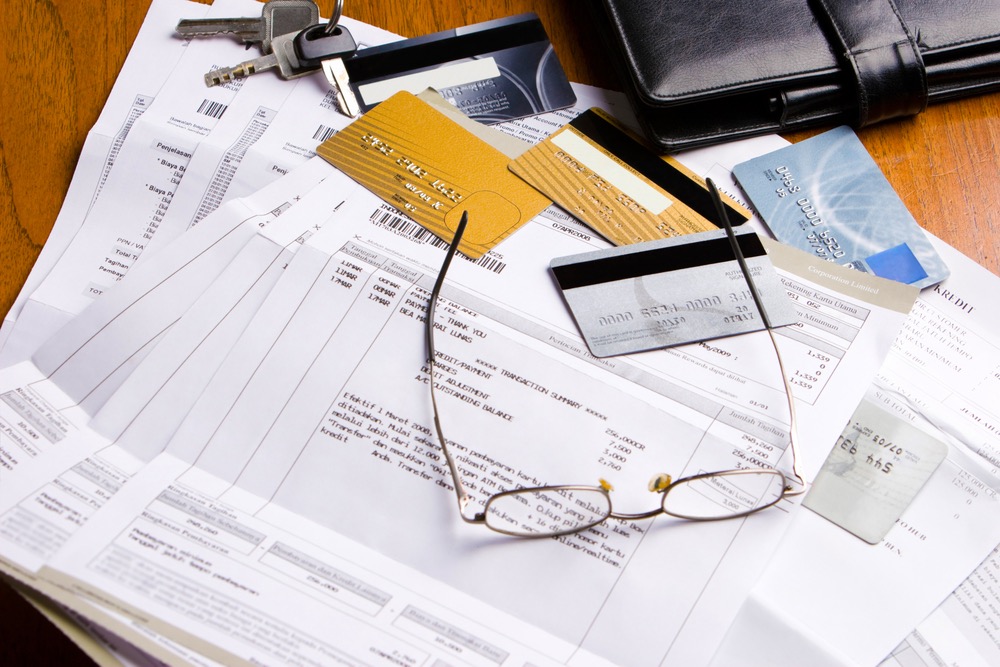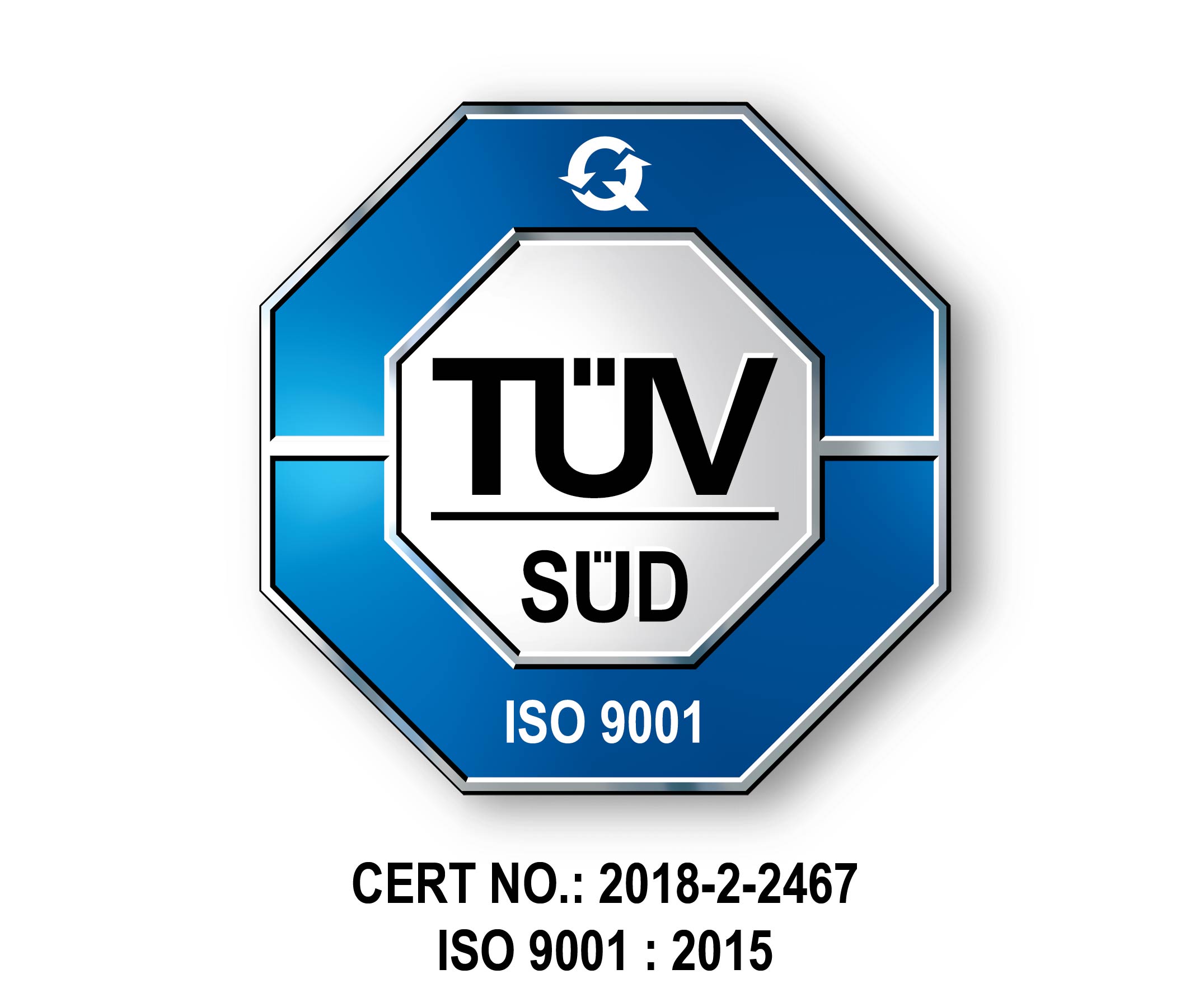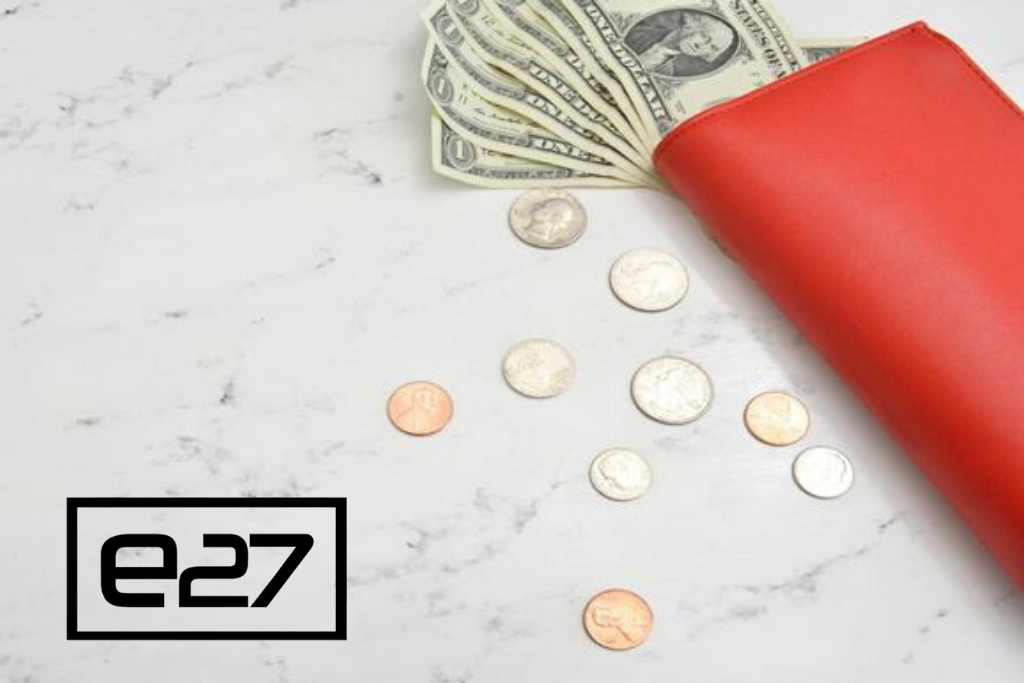
One major factor that makes a huge difference in whether you get approved for a personal loan is your total debt servicing ratio. If you haven’t heard this concept before, it might seem complicated, but don’t let it scare you.
To put it simply, your TDSR is just a way to figure out if you can handle paying back the loan.
But first, let’s understand what TDSR means.
What Is Total Debt Servicing Ratio Or TDSR?
The best way to understand your Total Debt Servicing Ratio or TDSR is to view it like a measuring tool for your financial situation. Your TDSR in Singapore enables banks and financial institutions to check if your income can handle all your existing debts and possible new ones.
Your TDSR adds up everything you owe monthly. Think of all your loans – home loans, car loans, credit card bills. Then, look at how much you’re earning.
The magic number you get shouldn’t be more than 55% of what you bring in each month. Having this limit in mind helps you have ample breathing space for any unplanned expenses. It also keeps your financial situation stable.
The Monetary Authority of Singapore (MAS) introduced TDSR in 2013 to strengthen the credit assessment framework when it comes to assessing people’s eligibility for various loans. This move has helped both borrowers and licensed lenders protect themselves from excessive borrowing.
Excessive borrowing and high levels of debt can make way for financial instability not only for individuals but also for the country’s economy. When it was first introduced, the limit was 60%, but it was tightened to 55% in late 2021.
So, What Is The Total Debt Servicing Ratio Formula?
Imagine you’re earning S$5,000 a month and you’re paying S$1,500 for your home loan, S$500 for your car loan, and another S$500 for your credit card bill. All your current debts amount to S$2,500. For this case, your TDSR Singapore is around 50% (($2,500 / $5,000) x 100), which is a good thing because it means you’re managing your debts well and can still handle more if the situation calls for it.
Factors Included In The TDSR Computation
Here’s what is typically included in the TDSR Singapore calculation:
Monthly Income
This includes your gross monthly income from all sources such as salary, bonuses, commissions, rental income, and other regular earnings.
Existing Debt Obligations
As stated above, your TDSR Singapore also considers your monthly payments for all your current debts, including home loans, car loans, personal loans, credit card balances, and any other regular loan repayments.
Assets
If you have properties, stocks, foreign currency deposits, or bonds, among other assets, these are all taken into consideration.
So, How Does The Total Debt Servicing Ratio Affect Your Personal Loan Application?

When applying for a personal loan, TDSR is among the important factors considered by lenders. It’s crucial that your total debt servicing ratio must remain below 55%. If it goes above this limit, lenders will be alerted that you may have trouble repaying the loan and will reject your application.
However, if your TDSR is below 40%, it is a strong signal that you are in a favourable position to take on additional debt.
Tips To Improve Your TDSR
Improving your TDSR Singapore can greatly enhance your borrowing capacity. Here are some simple yet actionable tips to follow.
Pay off high-interest debts
Start by paying off all your debts with high-interest rates such as credit card balances and personal loans. By reducing these debts, you can free up more of your income to cater to potential loan repayments.
To do this, review your monthly expenses. Then, identify areas where you can cut back and redirect these funds toward debt repayment.
Consolidate loans
If you have multiple high-interest loans, consider consolidating them into a single loan with a lower interest rate to reduce your overall monthly debt obligations.
Read: Personal Loan In Singapore: What’s A Debt Consolidation Plan?
Increase your income
This is one of the most effective tips to follow if you want to improve your TDSR. As much as you can, look for opportunities to boost your income. This can include taking on a part-time job, freelancing, or monetising a hobby. When you have a higher income, it means you also have more room for loans.
Negotiate loan term
If you’re renegotiating a loan, consider extending the loan tenure. Although this might result in slightly higher total interest paid, it can lower your monthly repayments.
Avoid unnecessary new debt
Before you apply for a new loan, fully evaluate whether it’s truly necessary.
Increase your down payment
If you’re taking out a loan for a car or a home, put down a larger down payment. This can lower your monthly loan payment.
Consider lowering the loan amount
Instead of aiming for the maximum loan amount, opt for a lower loan amount that you can realistically manage. This can improve your chances of loan approval and help you maintain a healthier TDSR.
Include additional income
Loan providers also consider rental income, bonuses, or other non-regular earnings and assets in TDSR calculations.
Plan for emergencies
No matter what happens, maintain an emergency fund to cover unexpected expenses. This safety net can prevent you from relying heavily on credit when you face financial challenges.
Prioritise your long-term financial health
Keep in mind that responsible borrowing and a healthy TDSR are crucial for your financial health. Focus on building a solid financial foundation rather than taking on excessive debt.
How Is TDSR Different From DSR?
TDSR (Total Debt Servicing Ratio) and DSR (Debt Servicing Ratio) are both financial metrics that assess an individual’s ability to manage debt repayments. Although they share similarities, they have distinct differences in terms of what they include and how they are calculated.
Your Total Debt Servicing Ratio measures the proportion of a borrower’s income that goes toward servicing ALL debt obligations. Meanwhile, your Debt Servicing Ratio Singapore only focuses solely on some repayment obligations and may not include credit card debt, as well as other unsecured loans.
TDSR Singapore Exemptions
There are also exemptions in place to create a buffer for individuals in certain situations. First, an existing borrower who is refinancing a property loan will be exempt from this framework if that person is an owner-occupier.
The same is true for those who are refinancing investment property loans if the borrower commits to a debt reduction plan with his/her financial institution. This typically consists of the repayment of at least 3% of the outstanding balance over a period of not more than three years.
Additionally, TDSR does not apply to mortgage equity withdrawal loans or when property owners borrow cash against a property’s value.
The Bottom Line
In many ways, TDSR is like your financial best friend. It ensures that you don’t bite off more than you can chew. By knowing what this is, you will have a secret weapon for making smarter money choices and setting yourself up for a strong financial future.
Applying for a personal loan? Here’s An Essential Guide To Personal Loan In Singapore: What It Is And How To Apply




